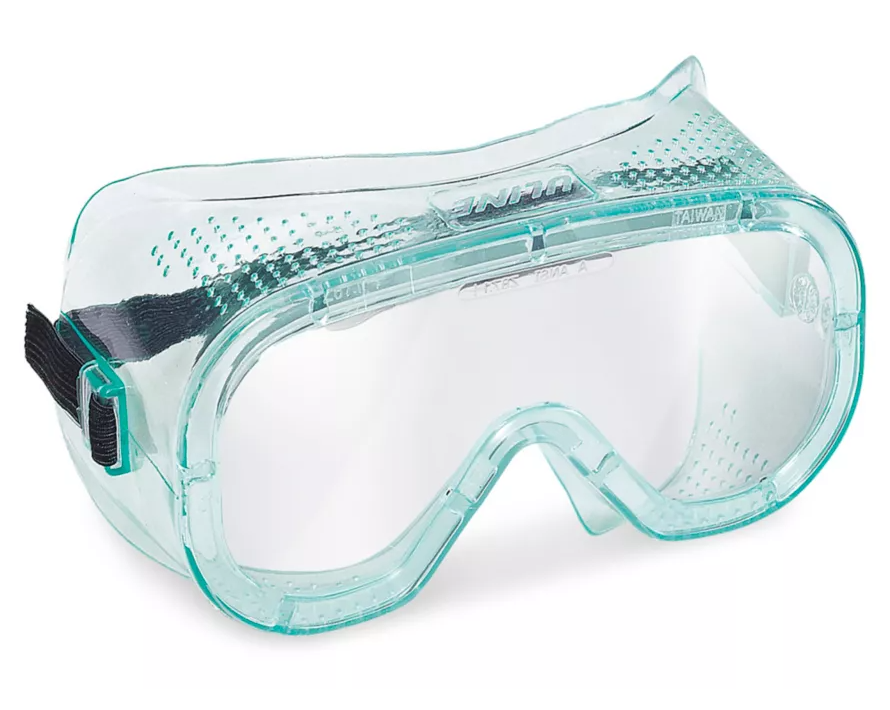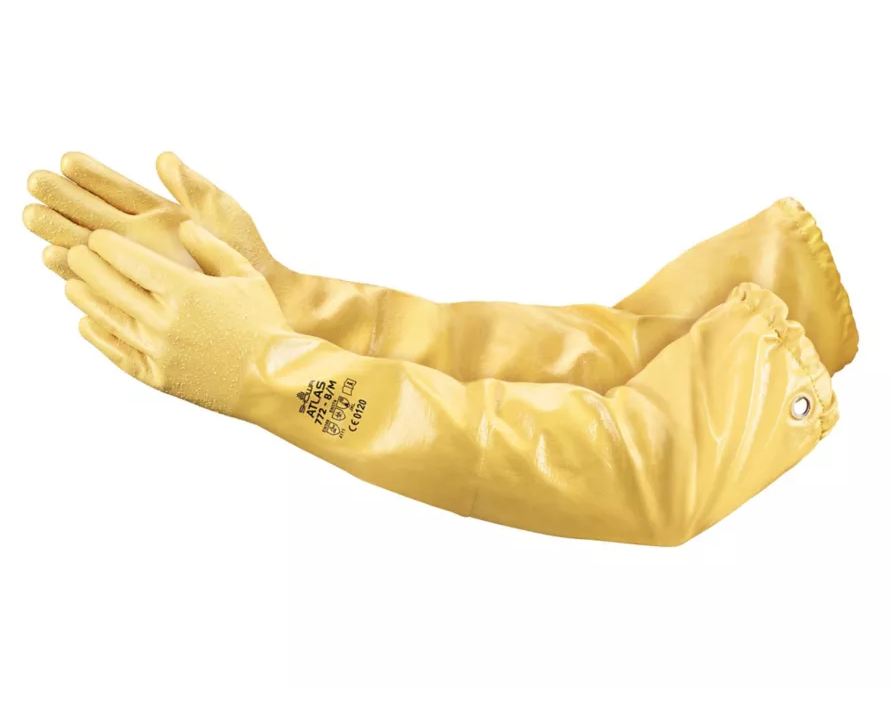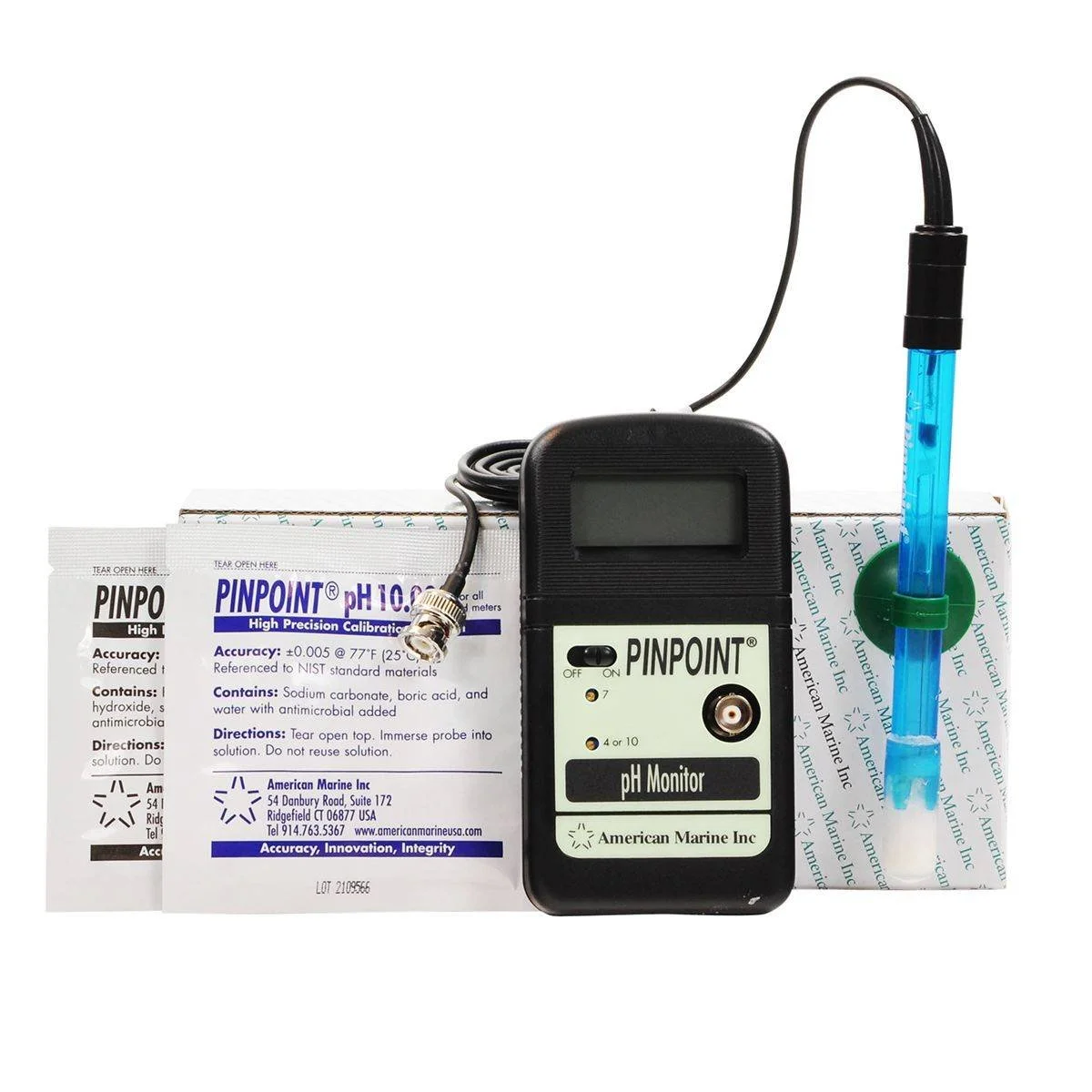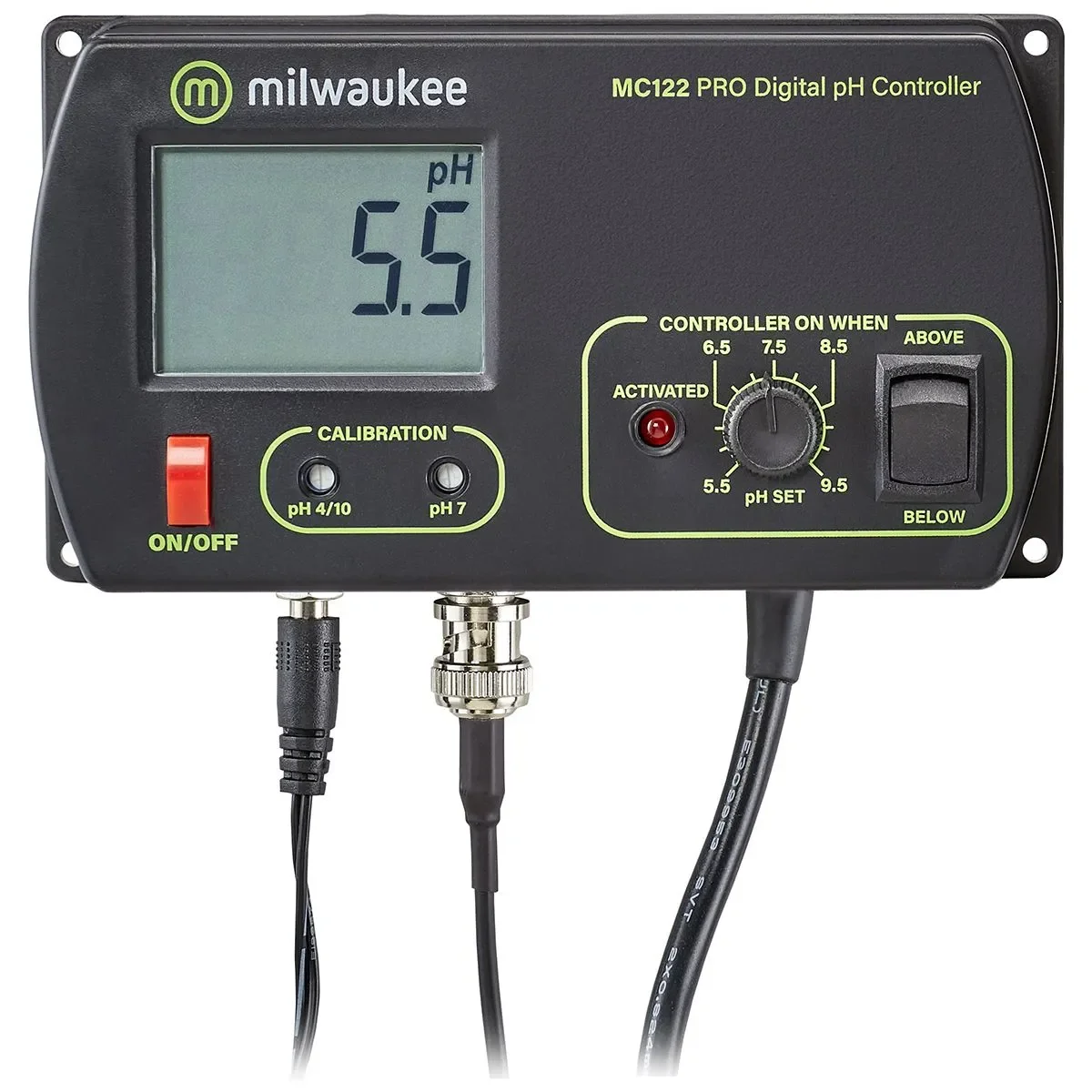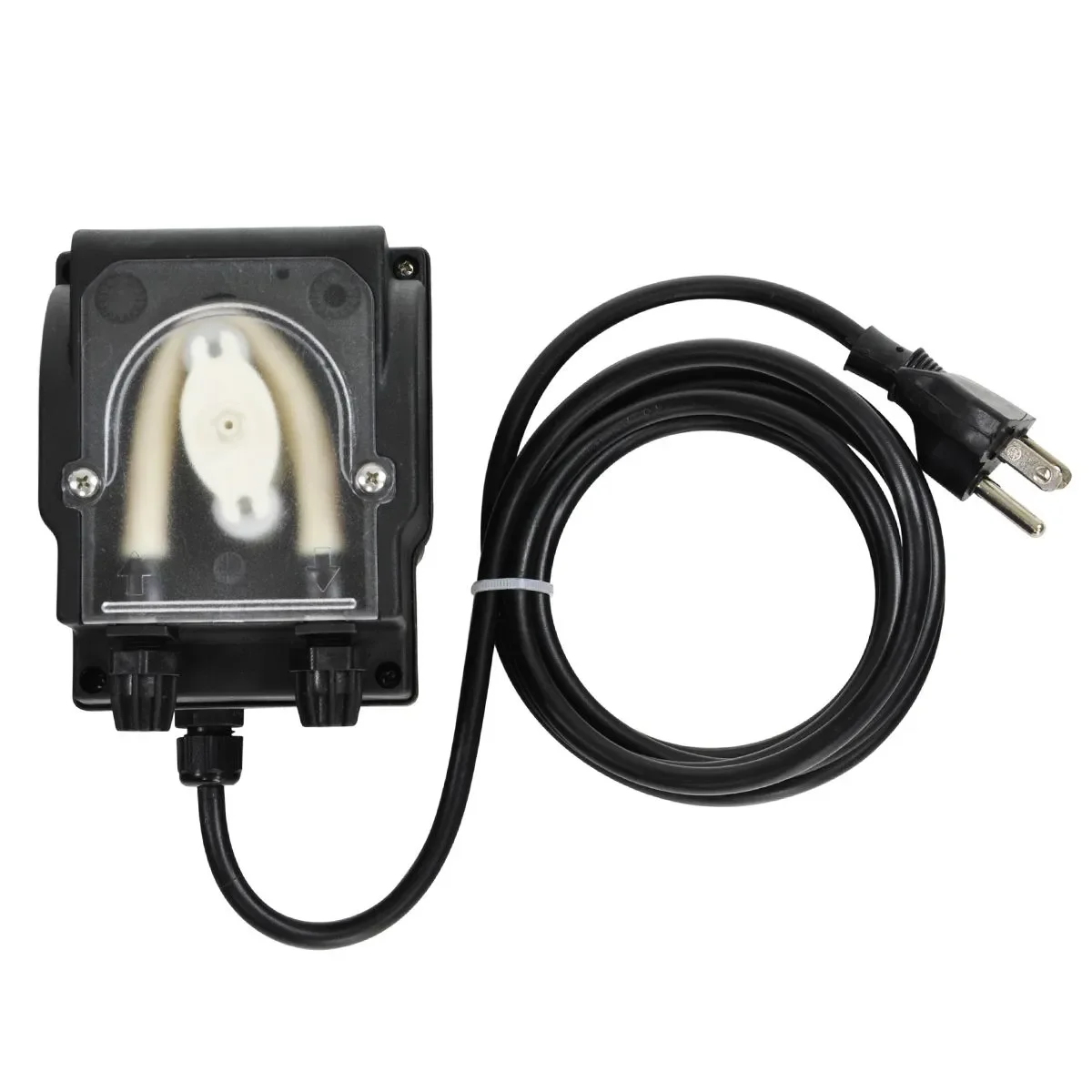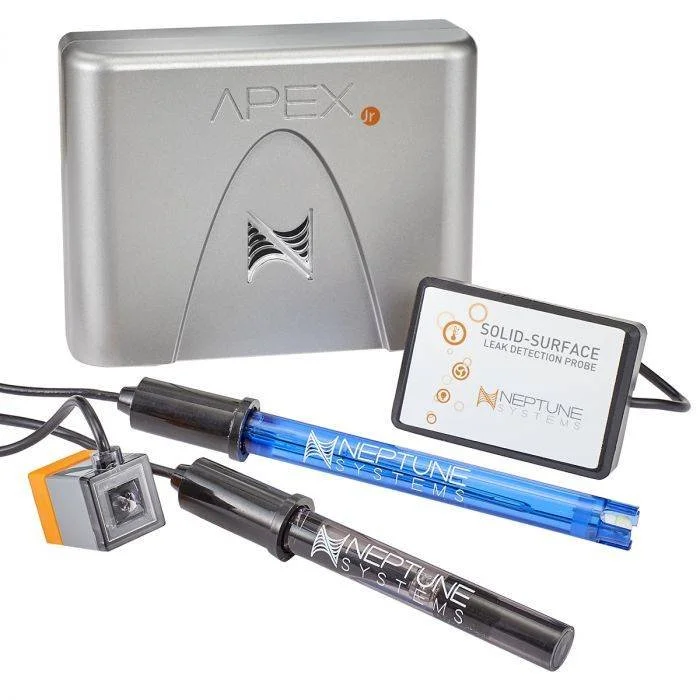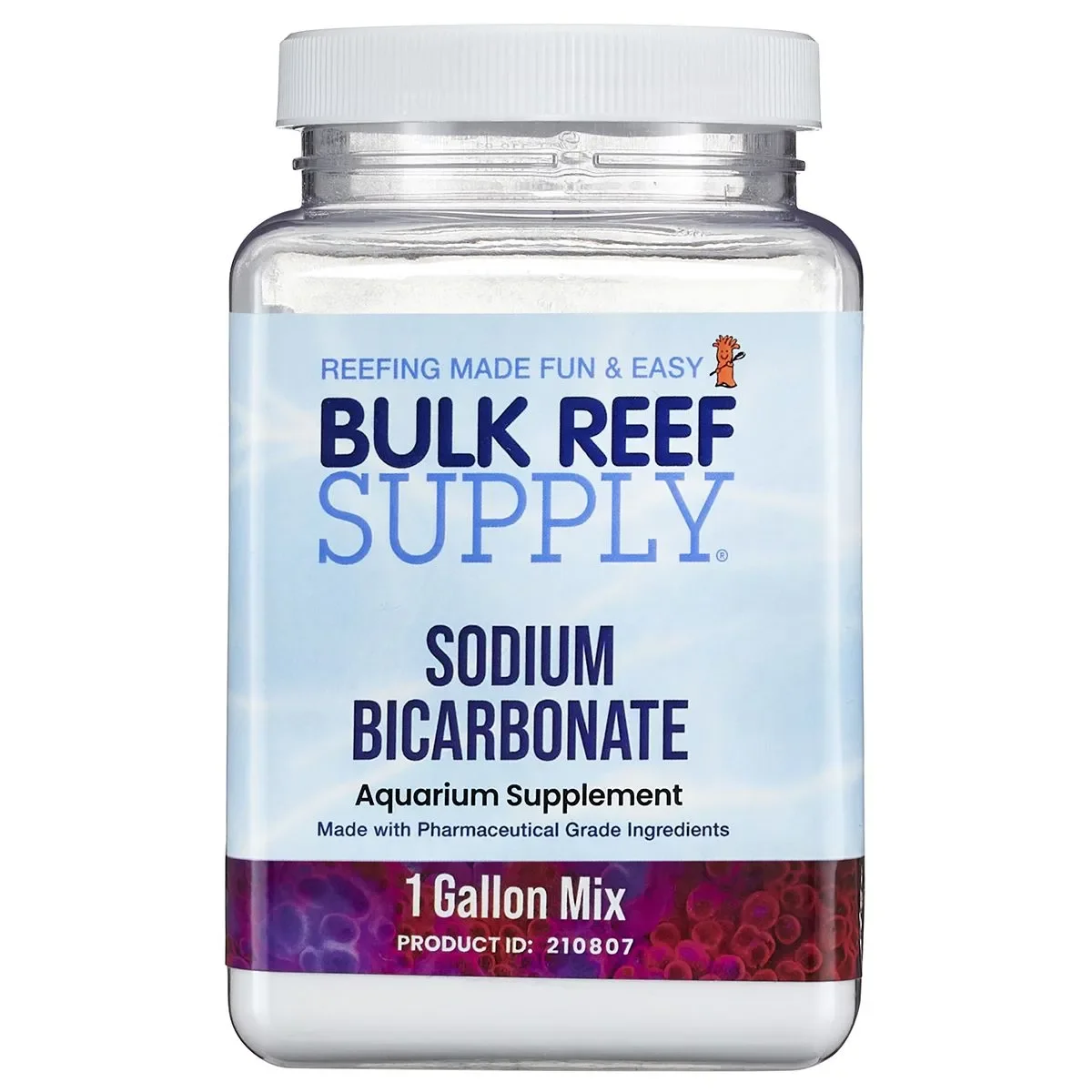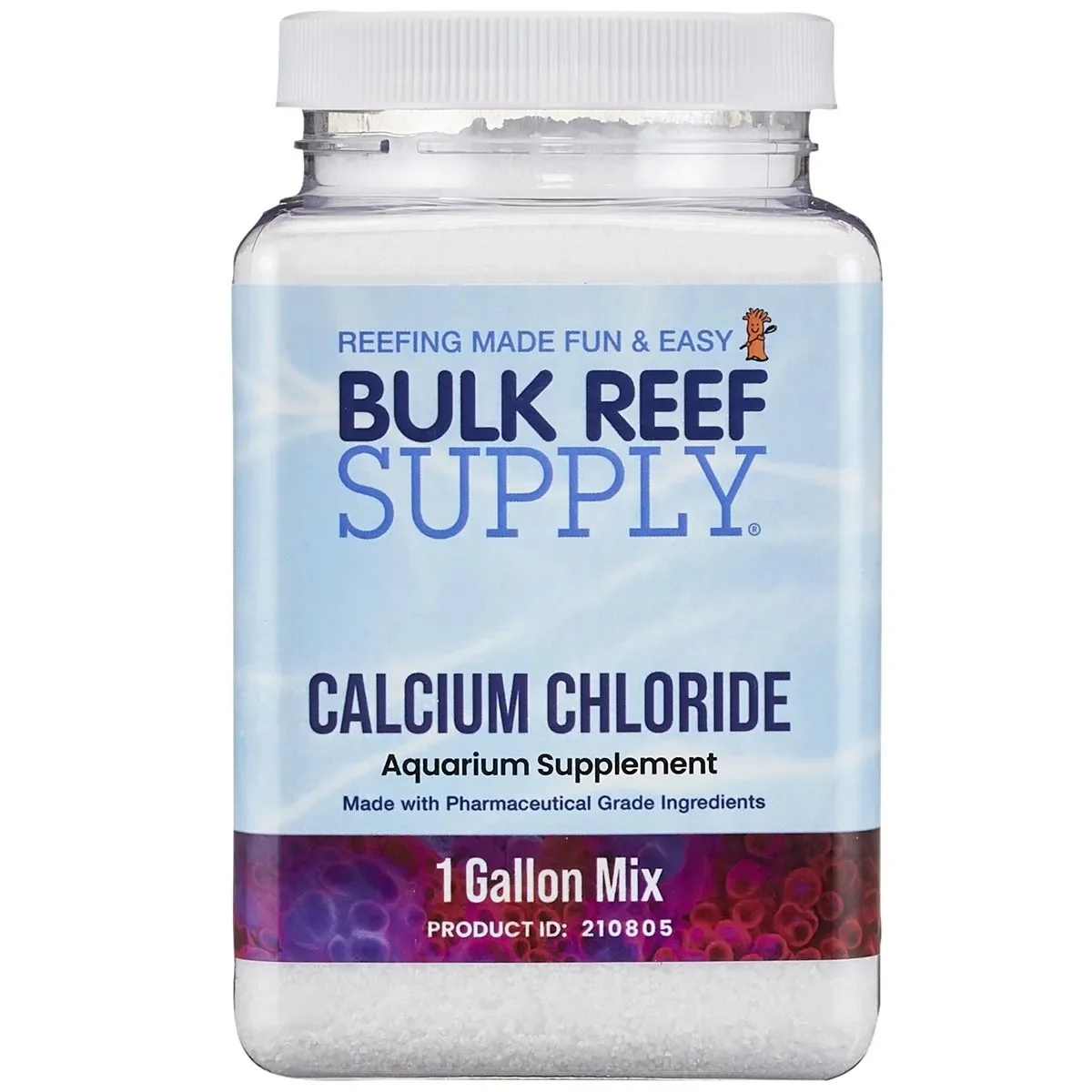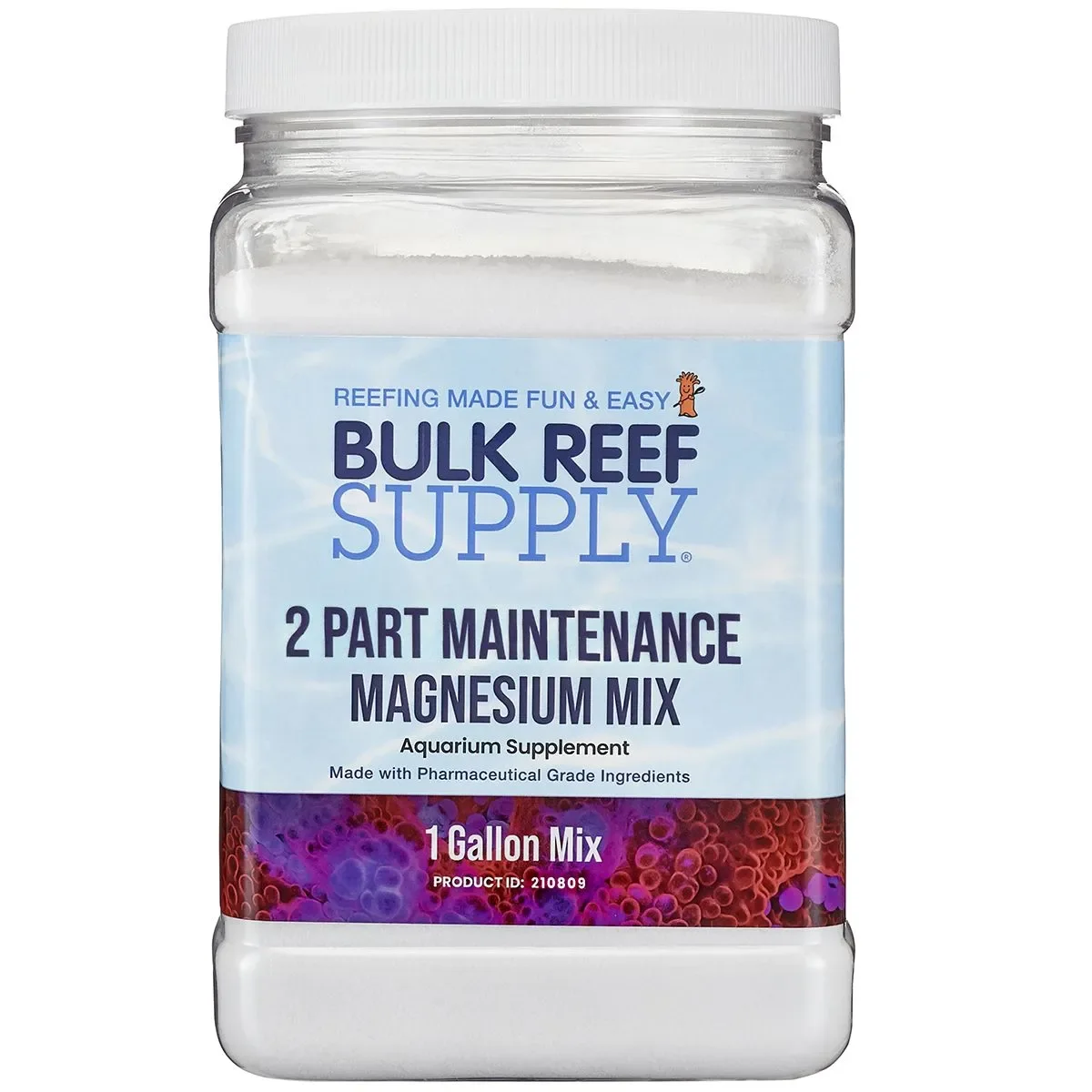Not A Feesh NAF (LYE) 2‑Part: Is the pH Benefit Worth the Dangers of Sodium Hydroxide?
NAF sodium hydroxide based 2 part
Claim to Fame
NAF’s headline: it’s a sodium hydroxide based two part alkalinity system that raises pH more aggressively than carbonate‑based two‑parts. The chemistry doubles the pH lift over common soda ash based 2 parts because hydroxide reacts with dissolved CO2 in your tank to form carbonate alkalinity and reduces carbonic acid. Practically, that means a stronger upward push on pH compared to sodium carbonate or bicarbonate approaches.
Note: Paid YouTube SR Members Using A Chrome Browser can watch videos natively above on Seriousreefs.com. Sign up HERE
SR videos are a community funded member only resource. Serious Reefs buys everything we review, accepts no sponsorships, and your memberships make it possible to keep every review truly unfiltered.
Who Is NAF For?
If your reef tank consistently struggles with low pH (chronically under ~7.8) — especially in sealed houses, small apartments, or high‑CO2 environments — this is a solution worth considering. If you’re a pro‑level reefer with a moderate pH (around 8.0) who isn’t happy with growth rates or success rates with more sensitive corals, it’s also in the conversation.
Research: Sodium hydroxide (lye) was confirmed to have double the pH lift of soda ash in this video. In this experiment coral grew 29% faster at a pH of 8.3 than 7.8. Results were over a 3 month period. This suggests the compounding growth many be as much as double to triple annually. Results match similar studies on the effects of excess carbon dioxide and ocean acidification on natural coral reefs.
pH Below 7.8 Can Stress Coral & Stunt Growth
pH ~8.3 Produces Natural Growth Rates
Price and What You Get
The kit we evaluated is competitively priced at $45 for a two gallon set. The SR standardized concentration cost is $17.12*. That price point includes magnesium, potassium and a blend of trace/minor elements, which puts it among the lower cost options once you factor in “complete kit” pricing. NAF is offered in both liquid concentrate (viscous, syrup‑like) and dry forms (no trace) on the vendor’s site; the liquid concentrate is diluted in water and mixes easily.
NAF Concentration: 6,945 DKH/L
NAF Cost: $45.00 for 1 gallon set of solution.
10,000 DKH/L Standard: $17.12
*SR has developed a standardized cost for two part because You’re not paying for water, you’re paying for the salts dissolved in it. The SR Standardized Concentration Cost (SR-SCC) levels the playing field by calculating cost based on a standardized concentration of 10,000 dKH per liter. In short, SR-SCC shows how much of any reviewed additive is required to reach that same 10,000 dKH per-liter equivalent, making it easier to evaluate what you are really getting for your money.
Chemistry: How NAF Works (and how it compares)
Basic idea: The hydroxide (OH−) reacts with CO2 in the reef tank water, pulling CO2 out of the dissolved carbonic acid phase and converting it into carbonate alkalinity (CO3 2−) for your corals. That removed carbonic acid from the carbonate system, results in a meaningful pH increase and raises alkalinity.
Compared to kalkwasser (calcium hydroxide): kalk gives a similar mechanism but is far less concentrated, meaning you need much more volume to get the same effect. It is not uncommon to dose 4,000 ml a day of kalkwasser. NAF, being sodium hydroxide based, is much more concentrated and the dose can commonly be as little as 40ml a day.
The NAF formulation also claims to manage magnesium, potassium, and traces. NAF accounts for both coral uptake of major, minor, and trace elements as well as the effects of salinity increases and dilution steps required for salt based two parts. Like every blended additive, these balances are an approximation; a regular water change schedule will buffer the differences between estimated science and real world results. Annual ICP tests can be used to confirm long term results.
Safety: The Big Conversation You Can’t Skip
NAF is not “dangerous” if handled correctly, but it does require real respect. Sodium hydroxide is a strong base: skin contact, eye contact, and ingestion are serious hazards. Compared to other two‑parts, it’s in a different category of risk.
Packaging & Labeling Concerns
Current packaging includes warnings, but our view is the labeling could be considerably stronger. Industry analogs (drain cleaners, commercial lyes) typically show aggressive hazard icons, “fatal if swallowed” language, and explicit federal style warnings. For a product like this, we’d expect:
Clear hazard pictograms (corrosive/poison) and "Fatal if swallowed" style wording
Childproof caps and tamper seals
Double heat‑sealed or heavy duty bagging for liquid bottles
Robust, leak‑resistant packaging designed for UPS and Fedex shipments
Instructions — please make them specific
Current directions we saw read: “Add the entire contents of part two to a container that holds one gallon, add enough water to a gallon, stir gently, shake to combine.” The instructions direct you to “pour NAF Strong Base concentrate in, then add water” — which is backwards for strong bases. Best‑practice: always add the strong base to water (slowly), never the reverse. A step‑by‑step instructions with proper safety language coupled with an instructional video demonstrating the process would be ideal.
Personal protective equipment (PPE)
Use chemical splash goggles (not just safety glasses) — goggles protect from fumes and splashes.
Wear appropriate chemical‑resistant gloves and long sleeves; consider arm‑high gloves for extra protection.
Work on an easy‑to‑clean surface and have fresh water for irrigation available.
Uline Safety Goggles
$17 Uline Showa® Atlas® 772 Chemical Resistant Nitrile Gloves
Shipping limitations
Strong acids and bases are commonly restricted or prohibited on aircraft (air freight) due to the damage they can cause to aircraft components if they leak. Vendors should follow hazardous material shipping rules and clearly communicate shipping limitations to customers.
Subjective Purity & a Curious Smell
Clarity: the mixed solutions were crystal clear, which is a good sign of quality. The vendor indicates ACS‑grade raw materials for major components (ACS is often considered equal or above USP pharmaceutical grades).
During testing, NAF had a distinct odor. It turned out this smell comes from citric acid, which is listed as an ingredient in the calcium part. The manufacturer explains that citric acid serves two purposes:
Extra Carbon Source: It provides an additional carbon source for carbon dosing, which can help reduce nutrients in the tank.
Trace Element Preservative: It helps preserve the trace elements, extending their shelf life. One of which is likely the Selenomethionine, a amino acid form of selenium found in NAF
This inclusion of carbon dosing is a unique feature. It might appeal to advanced reefers looking for every possible benefit for their corals.
Also, the ingredient ordering on the label looked odd and it did not appear that the elements were listed from most‑to‑least which should be corrected.
Calculator & Switching From Other Systems
NAF’s website includes a practical calculator that helps you convert from other two‑part products. Enter your current daily dose (e.g., 50 mL/day of product X) and it gives you the equivalent NAF volume. That’s a great adoption booster — easy conversions reduce guesswork and make switching less painful.
Not A Feesh Calculator
Ease of Daily Dosing — What You Need
This is a dosing pump product. If you want to use NAF properly, set it up as an automatic, slow drip on a daily doser. Do not attempt to dose this product by hand because hand dosing can cause excess precipitation and large pH swings if done too quickly.
Recommended hardware & configuration
Use a high‑quality dosing pump capable of accurate, small incremental doses (drip style, not “squirt” on/off).
Make sure your dosing pumps internal tubing set is compatible with high pH solutions and sodium hydroxide. Santoprene is listed HERE as one of the better options. Consider extension tubing between the pump and tank as well.
Place a robust AC powerhead in the sump at the point of dosing (~1500 gph) to immediately disperse the dose and avoid localized pH spikes or precipitation.
Monitor pH continuously. You are solving a pH issue with this product which means you need to monitor it closely. Pinpoint and Milwaukee make popular pH monitors.
“Never in a million years would I use this without at least pH monitoring.- Ryan”
Consider a pH controller or aquarium controller which can cut power to the doser if pH gets too high and alert you of the issue.
Unreliable pumps, or “lo‑fi” dosing hacks are not recommended — this formulation’s potency warrants robust controls and monitoring.
Adjustments & Periodic Maintenance
You should not use NAF for occasional manual pH adjustments. Its potency makes it unsuitable for quick fixes. If you need to make larger, periodic adjustments to alkalinity or calcium, it is far safer to use separate, dedicated alkalinity and calcium adjusters, such as bicarbonate alkalinity and calcium chloride adjustment tools.
Who Should (and Shouldn’t) Use NAF
Recommended for: Innovators and early adopters (the ~3% of reefers who trial new tech), and reefers with real, persistent low pH problems — sealed homes, small apartments with high CO2, or tanks with demanding SPS/acro systems.
Consider carefully: If your pH is stable and healthy, you probably don’t need this. If you don’t want to add monitoring and fail‑safes, don’t use it.
Many reefers in dense urban settings (tight apartments, multi‑occupant homes, gas stoves) can see elevated indoor CO2 enough to depress aquarium pH — NAF and other sodium hydroxide solutions are likely to become the tool of the future to address those environments.
Final Thoughts
NAF is trailblazing in bringing a sodium hydroxide two‑part to retail in the U.S. That’s a big deal for reefers who need extra pH lifting power. The chemistry makes sense, the kit is competitively priced and uses high‑grade inputs, and the vendor included trace elements and a useful calculator to ease switching.
That said, this product demands respect: better labeling, explicit safety instructions, stronger packaging, and clear step‑by‑step mixing guidance (video included) should be non‑negotiables. You should never run NAF without proper dosing hardware and pH monitoring — ideally with a controller that can shut dosing off if pH goes beyond safe limits.
If you’re the type who likes to try new reefing innovations and you have the need and the safeguards in place, this is worth testing. If you’re more conservative or your tank is stable, hold off and watch how the early adopters fare. Either way, be safe, use the right PPE, and monitor closely.
Quicklinks - Items Discussed In This Article.
Avid aqua monitor (Has a version that monitors room Co2)
BRS Doser (Santoprene)
Using these links helps SR earn a small commission, stay unfiltered, and fuels “what’s next” for the SR community. Thank you for the support.
Acknowledgments
Thank you to Terence Fugazzi for researching NAF, traveling to the SR studio, and bringing his expertise to the discussion. Terence is founder of AvidAqua, check them out.
Big thank you to the Serious Reefs community. Your membership funds the creation of articles and videos like this one. Serious reefs maintains it’s unfiltered objectivity by paying for everything we review and never accepting sponsors. We are trail blazing a new way of doing this together
Patreon - Best For Those who…
Want immediate notifications of every release.
Listen with phone screen off. Patreon app works with phone closed
Lower cost & Annual discounts.
Join HERE
YouTube Members - Best For Those who…
Watch SR videos on a TV via youtube App
Want to watch videos natively here on seriousreefs.com - (You must use chrome browser and be logged into google account with youtube membership)
YouTube Power users.
Join HERE
Disclaimer
Full Disclaimer HERE. This is the gist of it.
Serious Reefs has no sponsors, doesn’t accept product or payment reviews.
We’re biased toward what works best. That bias is probably why you’re here.
Content is based on personal experience, not professional advice. Do your research and reef responsibly.
We use affiliate links in articles that earn a small commission to support our work. Shop wherever you like, we won’t be offended.
By watching, you agree that Serious Reefs and its creators aren’t liable for how you use this info. Please don’t utilize our information if you are not ok with this.



